The living room is often considered the heart of the home, where families gather to relax, entertain, and spend quality time together. In today's modern world, where technology is an integral part of our daily lives, having proper outlet spacing in the living room is crucial. From charging devices to powering entertainment systems, having enough outlets in the right places can make a big difference in the functionality and aesthetics of your living room.Outlet Spacing for Living Room
When it comes to living room outlet placement, there are a few factors to consider. The first is the layout of your furniture. You want your outlets to be easily accessible and not hidden behind bulky pieces of furniture. It's also important to think about the types of devices and appliances you will be using in the living room. For example, if you have a large entertainment system, you will need outlets in close proximity to power all the components.Living Room Outlet Placement
According to the National Electric Code (NEC), the spacing between outlets in living rooms should not exceed 12 feet. This means that there should be an outlet available within 6 feet of any point along the wall. This is to ensure that there are enough outlets to meet the demands of modern technology and to prevent the use of extension cords, which can be a safety hazard.Electrical Outlet Spacing in Living Room
While the NEC provides the minimum requirement for outlet spacing, it's recommended to have outlets spaced closer together for optimal functionality. A good rule of thumb is to have an outlet every 4-6 feet along the wall, with additional outlets near areas where you will be using high-powered devices, such as a TV or gaming console.Optimal Outlet Spacing for Living Room
The configuration of your living room outlets is also an important consideration. In addition to traditional wall outlets, you may want to consider installing floor outlets or USB outlets for added convenience. Floor outlets are great for powering lamps or charging devices without having cords running across the room. USB outlets are becoming increasingly popular as they allow you to charge your devices directly without the need for an adapter.Living Room Outlet Configuration
Proper outlet spacing in the living room is not just about functionality, but also safety. Overloading outlets with too many devices can lead to electrical fires. By having enough outlets spaced out evenly, you can distribute the electrical load and prevent potential hazards. It's also important to use outlets with built-in surge protectors to protect your devices from power surges.Proper Outlet Spacing for Living Room
When designing the layout of your living room outlets, it's essential to take into account the different areas and activities that will be taking place in the space. For example, if you have a designated reading nook, you may want to have an outlet nearby for a reading lamp. Or if you have a home office area, you will need outlets for your computer, printer, and other office equipment.Living Room Outlet Layout
As mentioned earlier, the NEC sets the minimum requirement for outlet spacing in living rooms. However, it's always best to check with your local building codes as they may have additional requirements or restrictions. It's also a good idea to hire a licensed electrician to ensure that your outlets are installed correctly and up to code.Code Requirements for Living Room Outlet Spacing
The distance between living room outlets is an important consideration when planning your electrical layout. You want to make sure that there are no "dead zones" without access to outlets. This can be achieved by strategically placing outlets near furniture or other areas where devices will be used.Living Room Outlet Distance
When it comes to living room outlet spacing, here are some best practices to keep in mind:Best Practices for Living Room Outlet Spacing
The Importance of Proper Living Room Outlet Spacing for a Functional and Safe House Design

Creating a Well-Designed Living Room
 A well-designed living room is essential in any home. It is a place for relaxation, entertainment, and gathering with family and friends. When designing a living room,
proper outlet spacing
may not be the first thing that comes to mind. However, it is an essential aspect that should not be overlooked. Not only does it affect the functionality of the space, but it also plays a significant role in the safety of your home.
A well-designed living room is essential in any home. It is a place for relaxation, entertainment, and gathering with family and friends. When designing a living room,
proper outlet spacing
may not be the first thing that comes to mind. However, it is an essential aspect that should not be overlooked. Not only does it affect the functionality of the space, but it also plays a significant role in the safety of your home.
The Dangers of Inadequate Outlet Spacing
 You may be wondering, how can outlet spacing affect the safety of my home? Well,
inadequate outlet spacing
can lead to overloaded sockets, which can cause electrical fires. This is especially true in older homes where the electrical system may not be up to code. It is crucial to have enough outlets to evenly distribute the electricity being used in a room. This also prevents the need for multiple extension cords, which can also be a fire hazard.
You may be wondering, how can outlet spacing affect the safety of my home? Well,
inadequate outlet spacing
can lead to overloaded sockets, which can cause electrical fires. This is especially true in older homes where the electrical system may not be up to code. It is crucial to have enough outlets to evenly distribute the electricity being used in a room. This also prevents the need for multiple extension cords, which can also be a fire hazard.
Proper Outlet Spacing for Functionality
 Aside from safety concerns,
proper outlet spacing
also plays a significant role in the functionality of a living room. In today's modern world, we rely heavily on technology, and having enough outlets in a room is essential. Imagine trying to watch your favorite show on TV, but you have to constantly get up and change the channel because the remote doesn't work. Or hosting a movie night and not having enough outlets for everyone to charge their devices. These may seem like small inconveniences, but they can quickly become frustrating in the long run.
Aside from safety concerns,
proper outlet spacing
also plays a significant role in the functionality of a living room. In today's modern world, we rely heavily on technology, and having enough outlets in a room is essential. Imagine trying to watch your favorite show on TV, but you have to constantly get up and change the channel because the remote doesn't work. Or hosting a movie night and not having enough outlets for everyone to charge their devices. These may seem like small inconveniences, but they can quickly become frustrating in the long run.
Designing with Outlet Spacing in Mind
 When designing your living room, it is crucial to consider
outlet spacing
from the beginning. Take into account where your furniture will be placed and how many outlets you will need in each area. It is recommended to have at least one outlet every six feet, and also consider having outlets installed in the floor for convenience. Additionally, using power strips and surge protectors can help evenly distribute electricity and prevent overloaded sockets.
When designing your living room, it is crucial to consider
outlet spacing
from the beginning. Take into account where your furniture will be placed and how many outlets you will need in each area. It is recommended to have at least one outlet every six feet, and also consider having outlets installed in the floor for convenience. Additionally, using power strips and surge protectors can help evenly distribute electricity and prevent overloaded sockets.
Conclusion
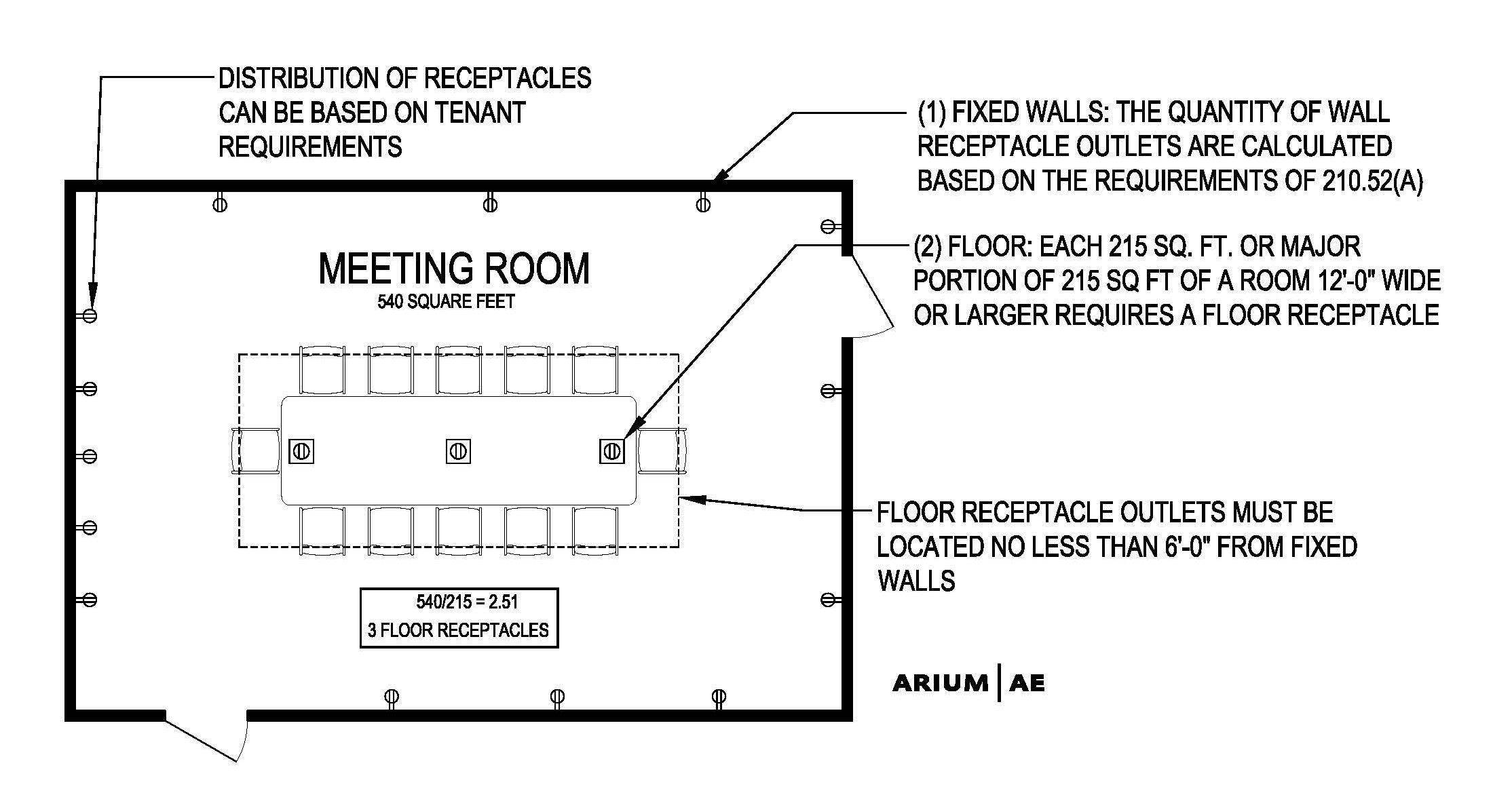 In conclusion,
proper living room outlet spacing
is crucial for both functionality and safety in a house design. It may not be the most exciting aspect to consider, but it is undoubtedly an essential one. By taking the time to plan and design with outlet spacing in mind, you can ensure a functional and safe living room for you and your family. So, don't overlook outlet spacing when creating your dream living room.
In conclusion,
proper living room outlet spacing
is crucial for both functionality and safety in a house design. It may not be the most exciting aspect to consider, but it is undoubtedly an essential one. By taking the time to plan and design with outlet spacing in mind, you can ensure a functional and safe living room for you and your family. So, don't overlook outlet spacing when creating your dream living room.




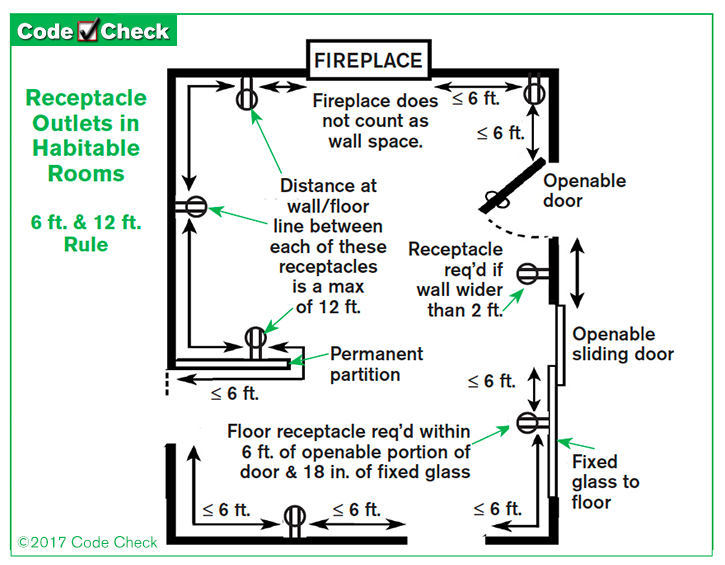
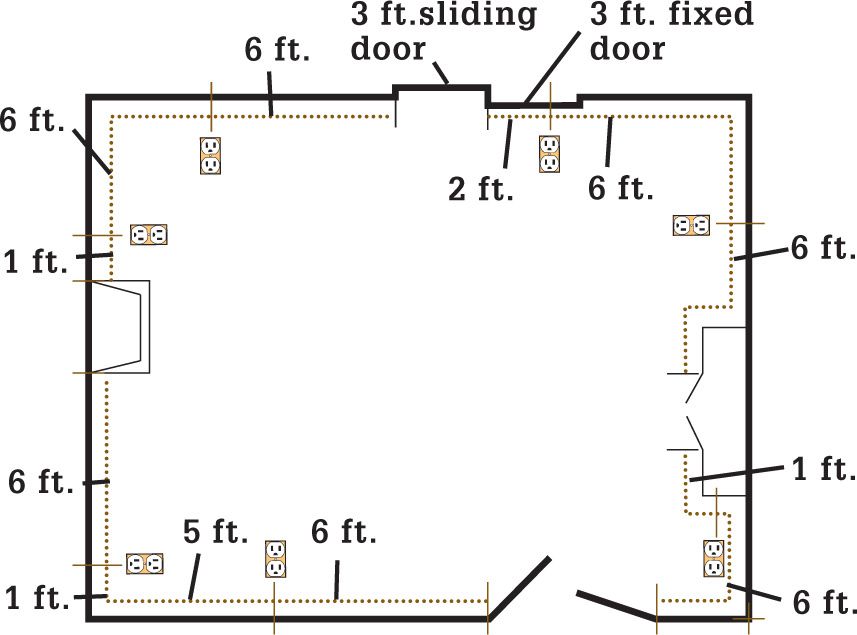



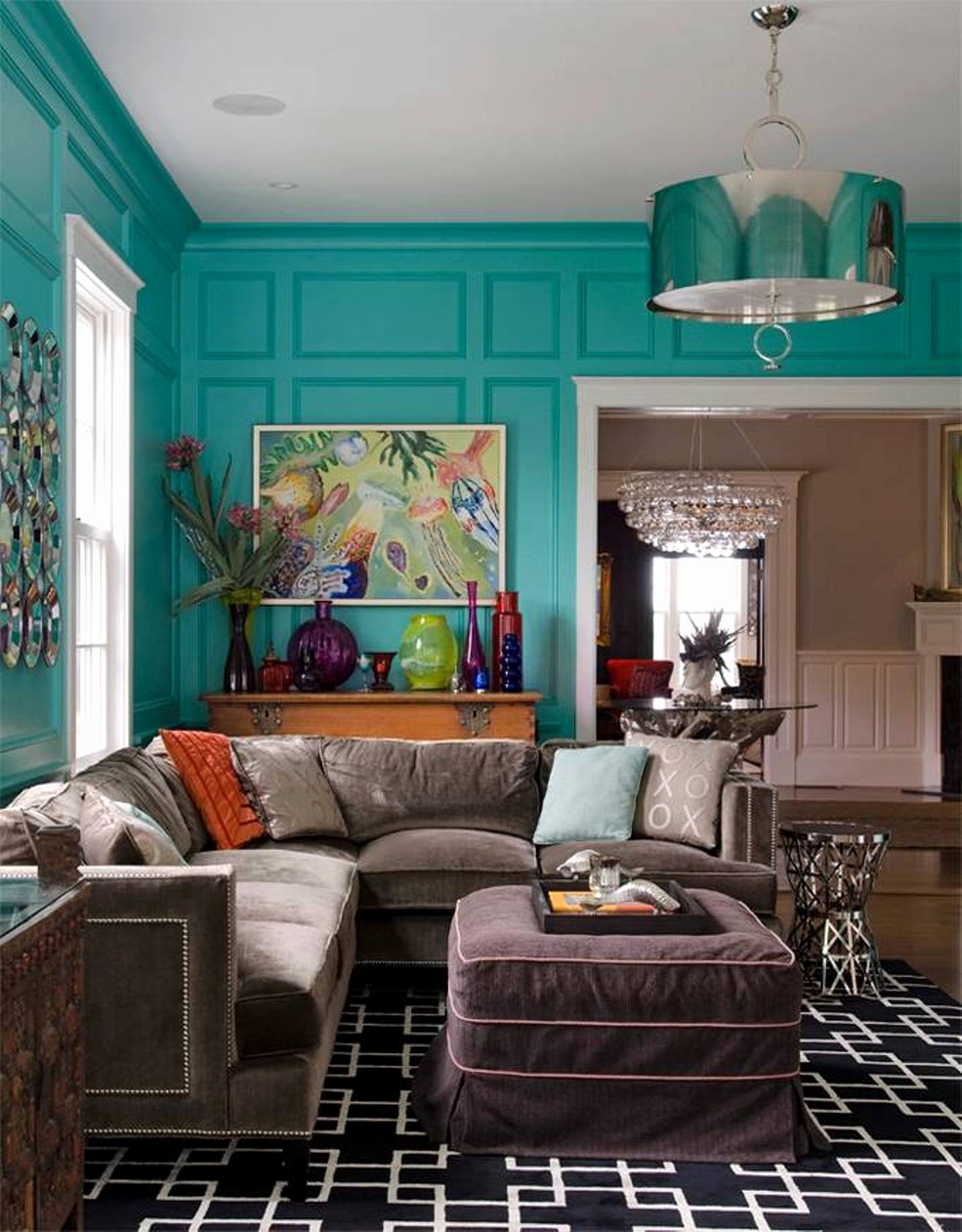




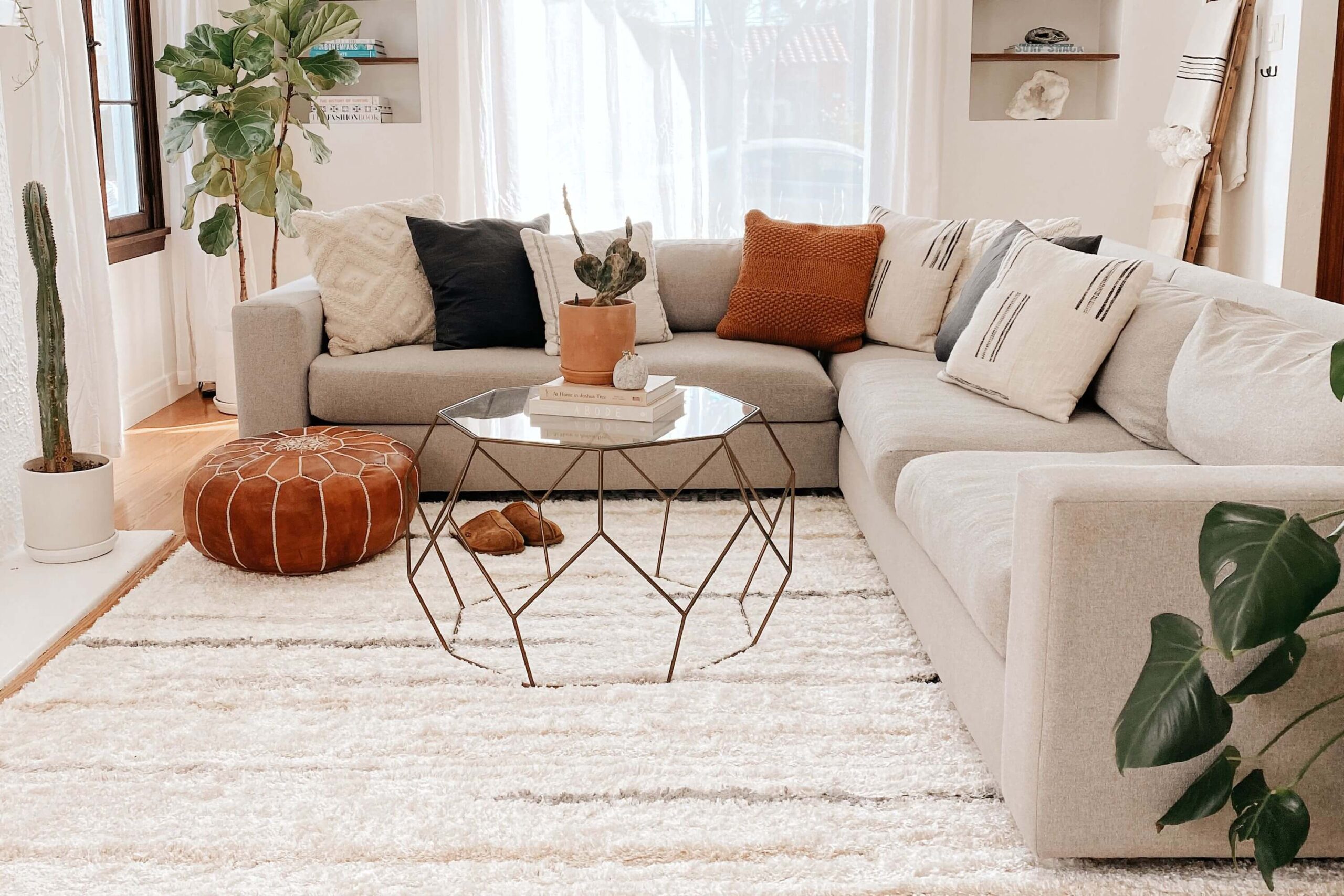

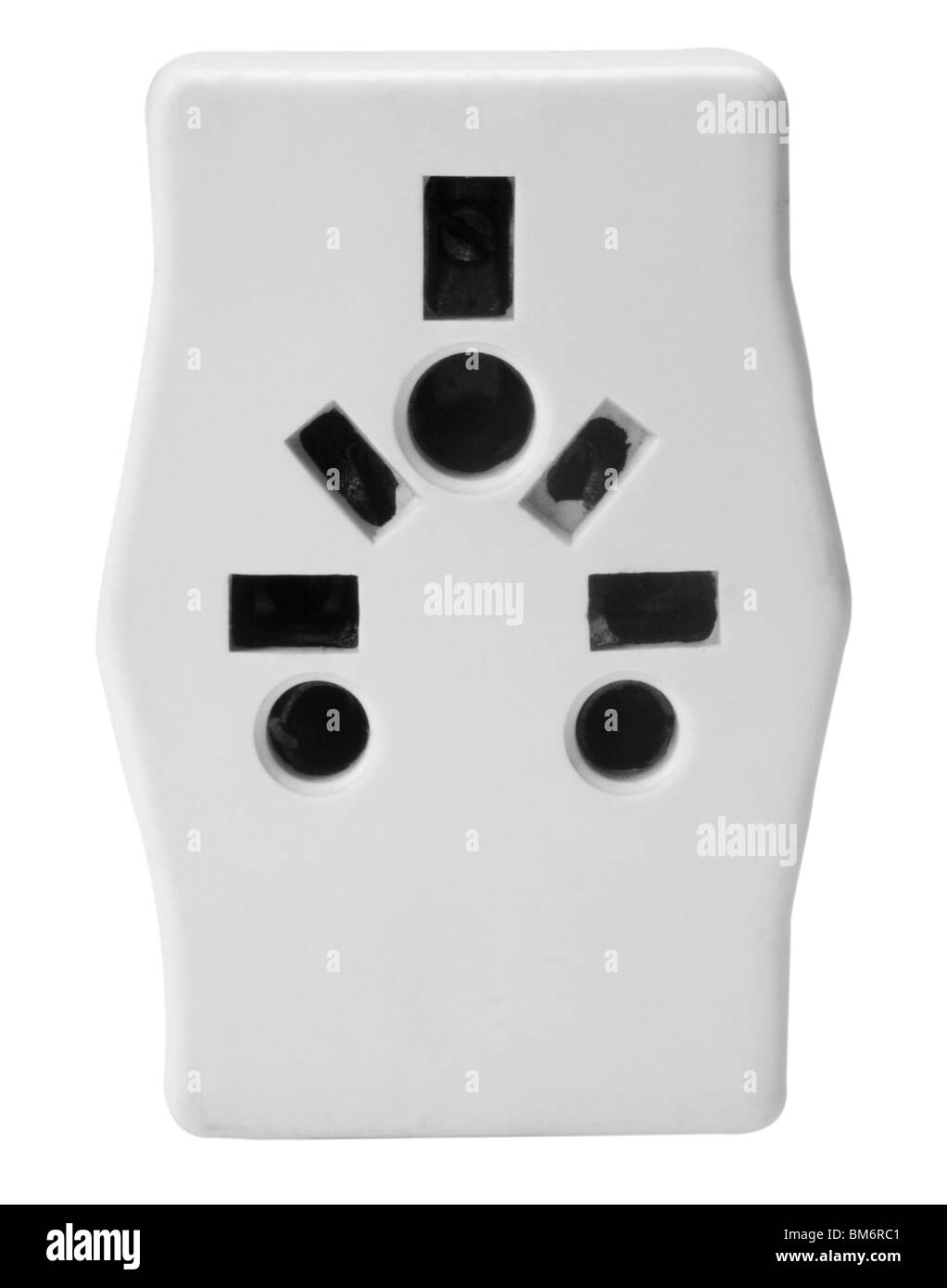


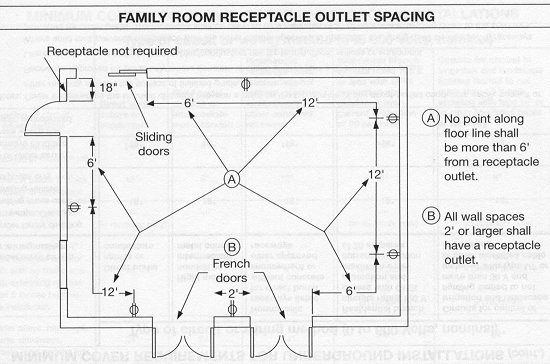




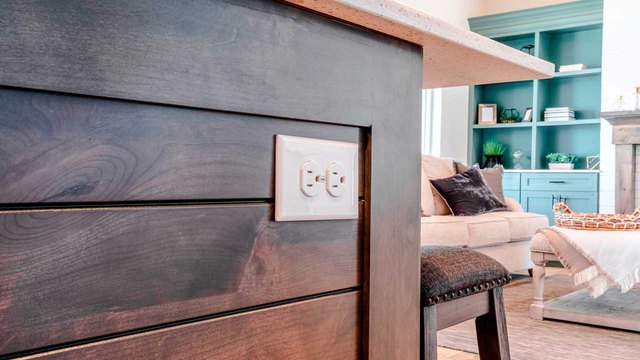



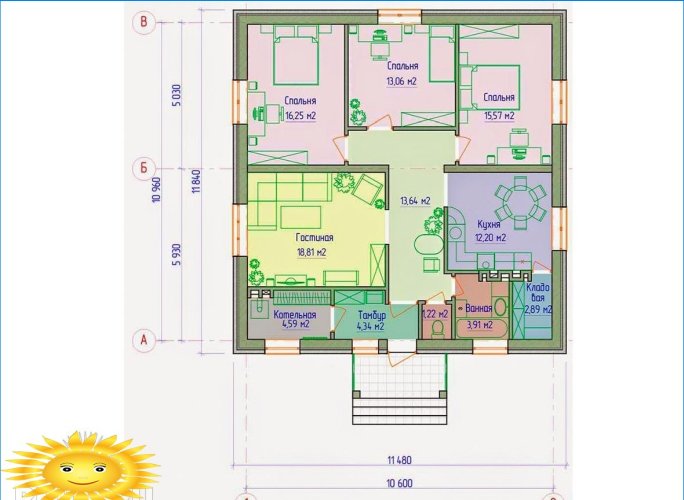
















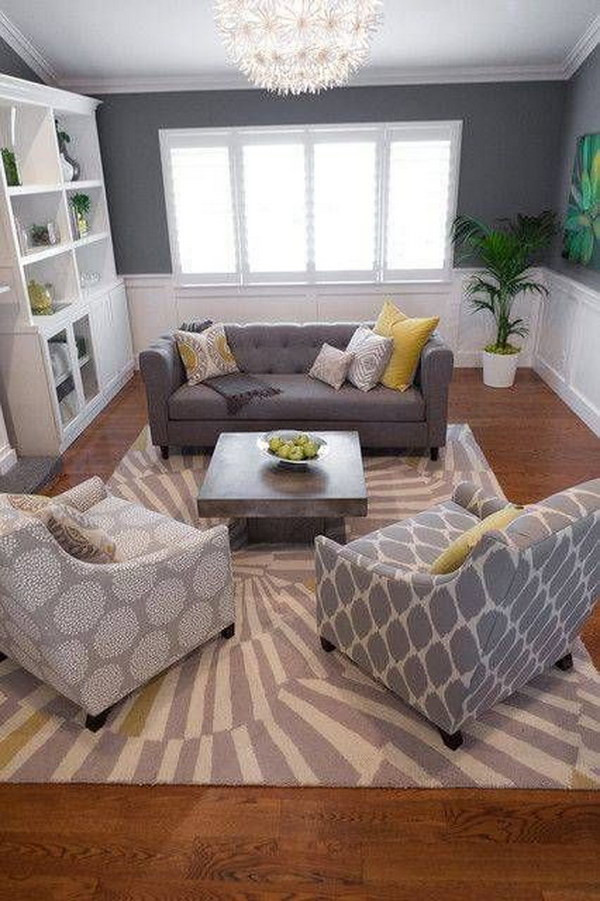

:max_bytes(150000):strip_icc()/cdn.cliqueinc.com__cache__posts__198376__best-laid-plans-3-airy-layout-plans-for-tiny-living-rooms-1844424-1469133480.700x0c-825ef7aaa32642a1832188f59d46c079.jpg)



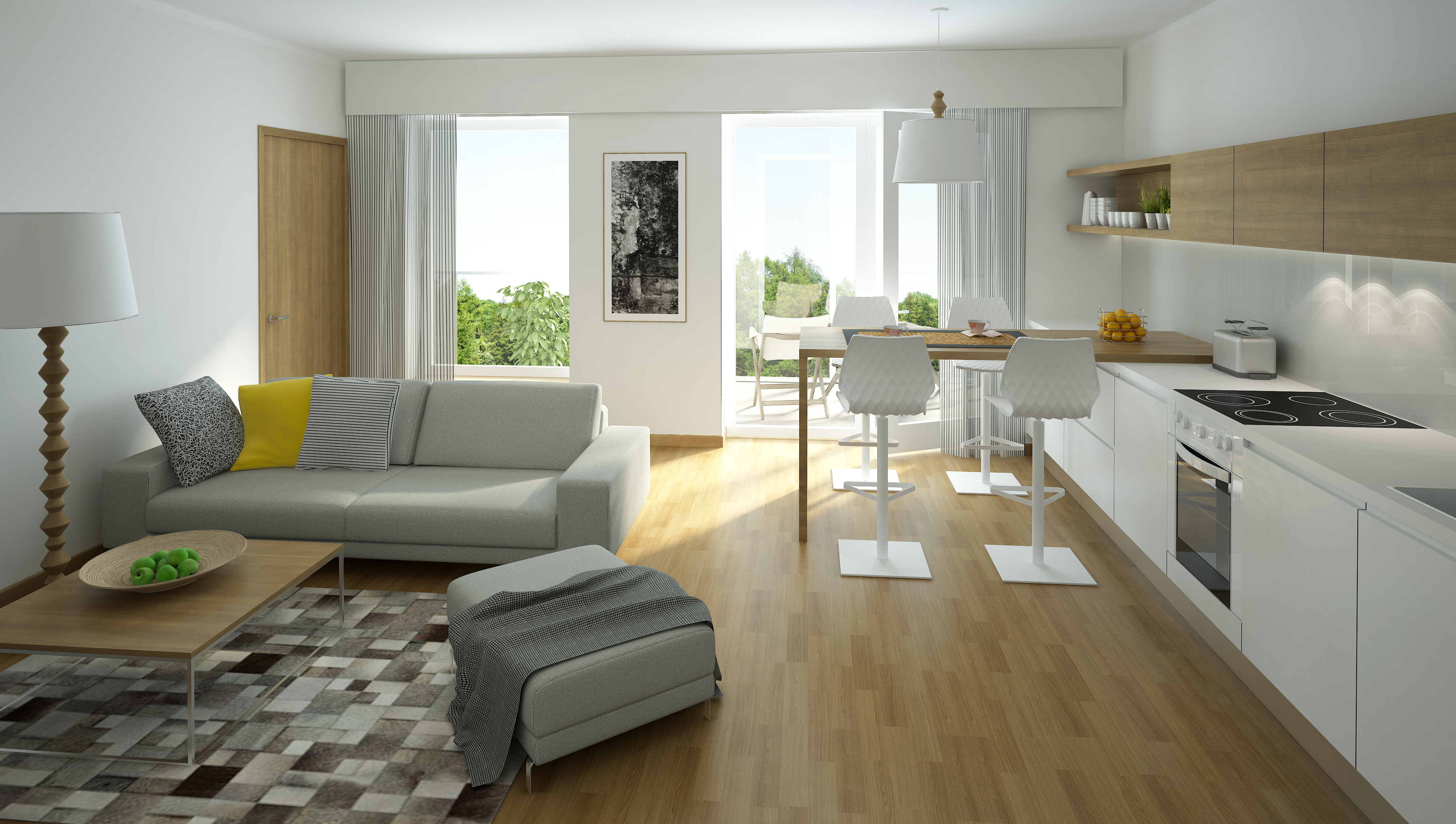
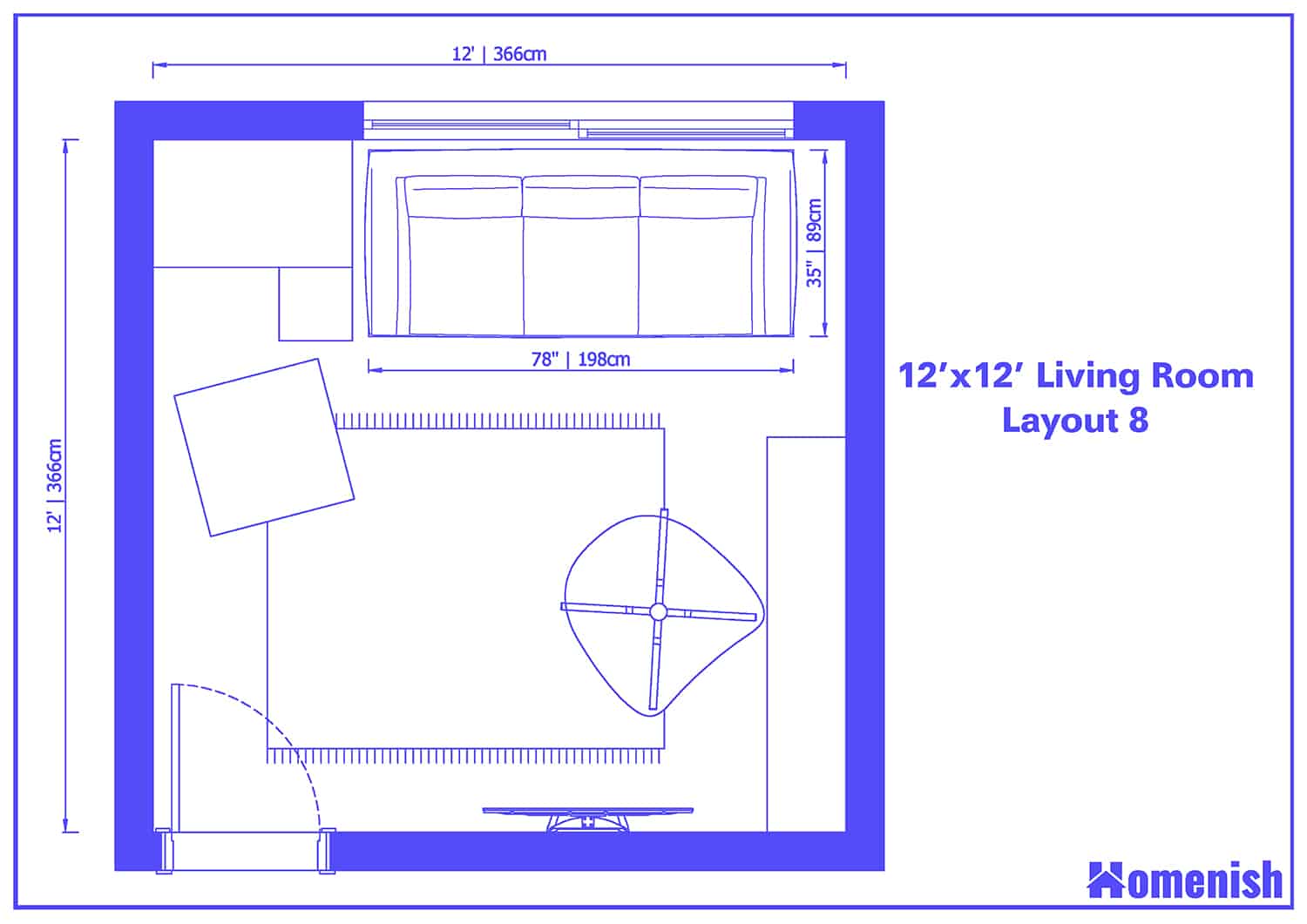
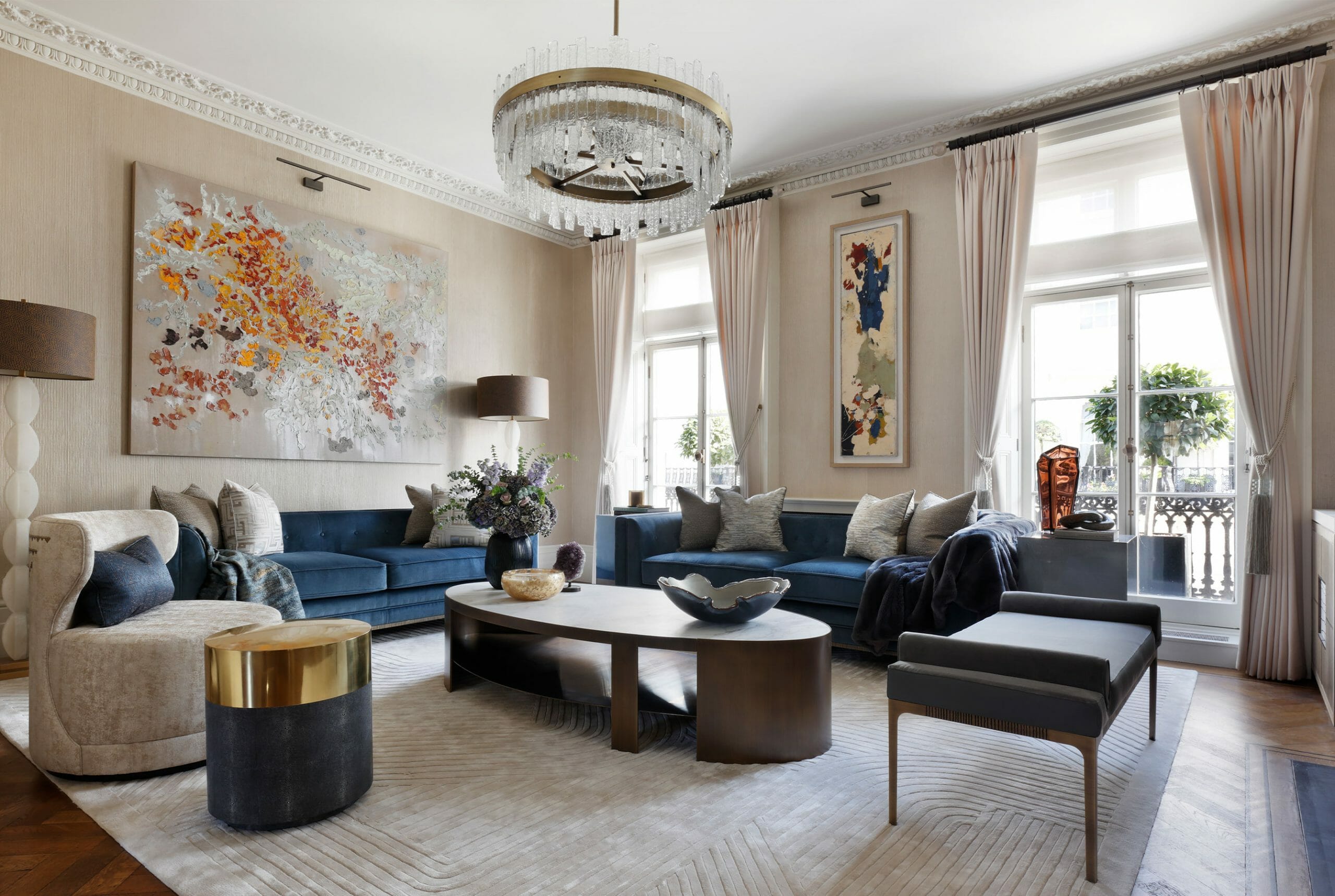
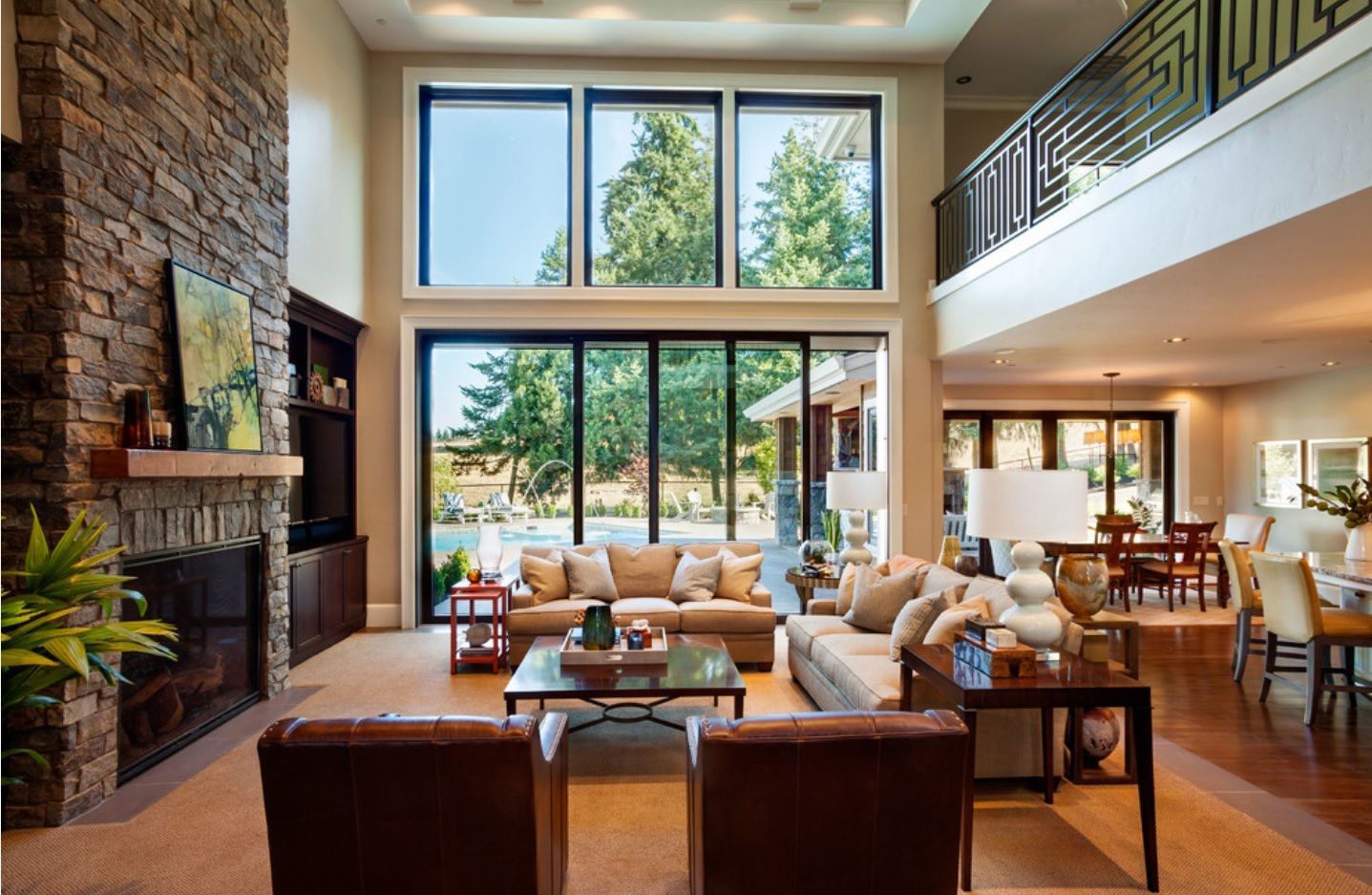
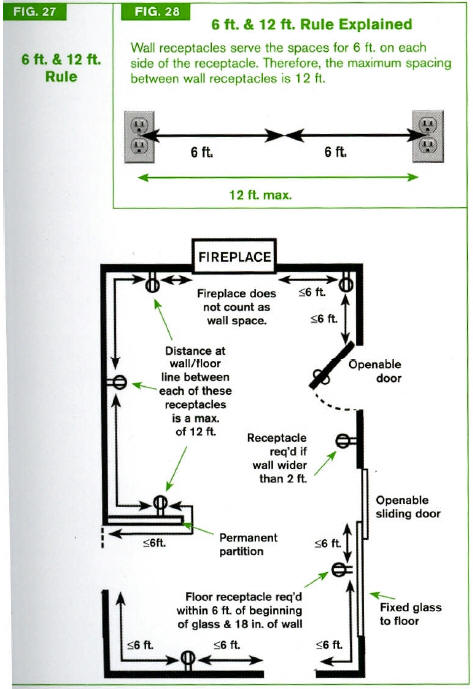

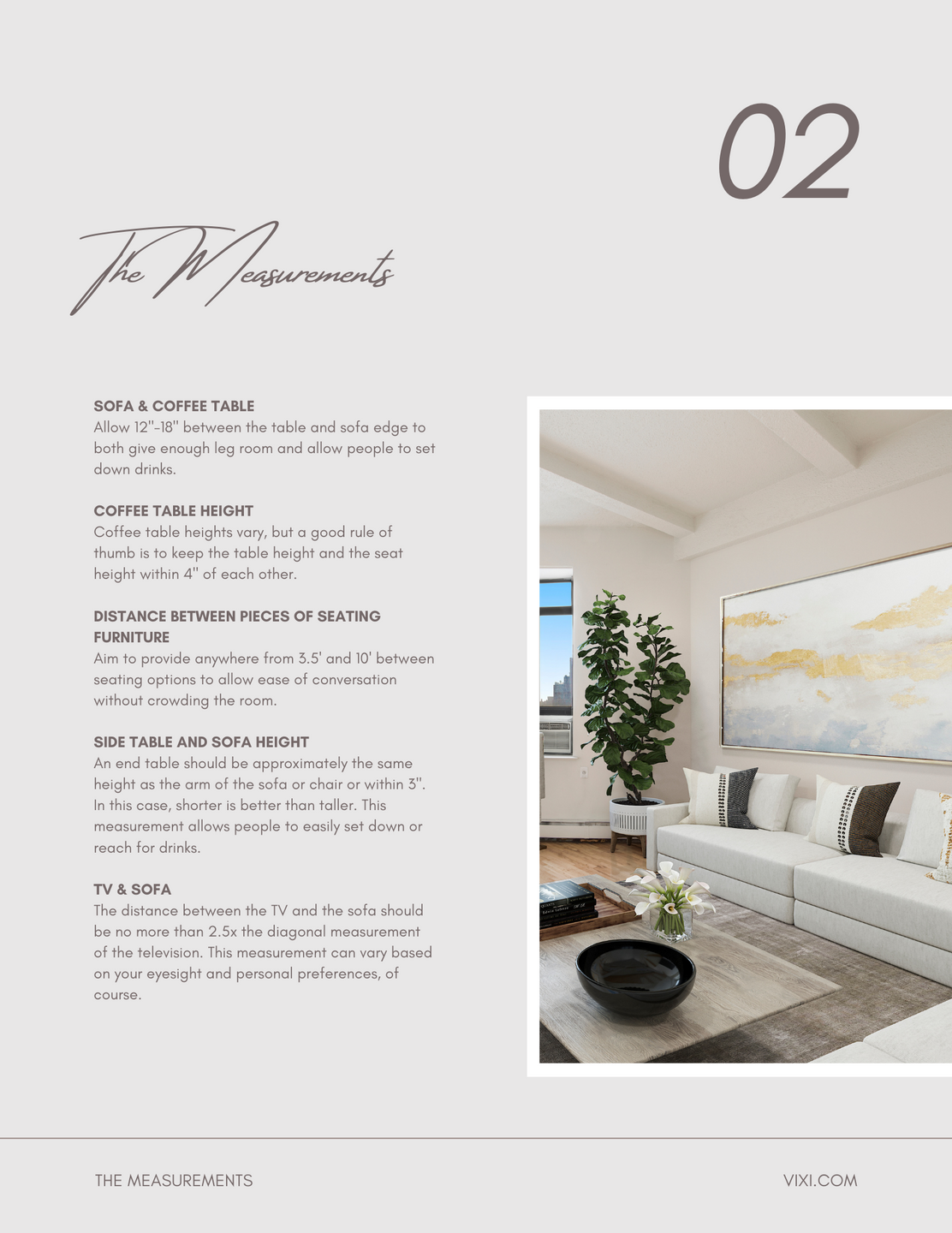
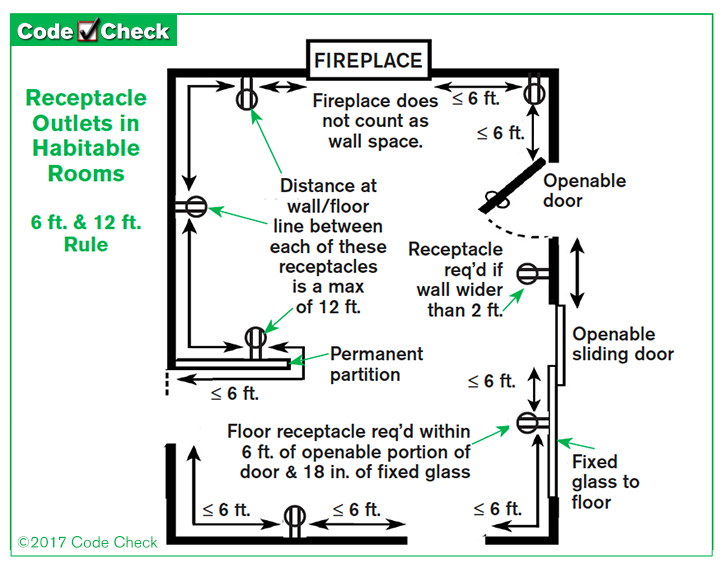
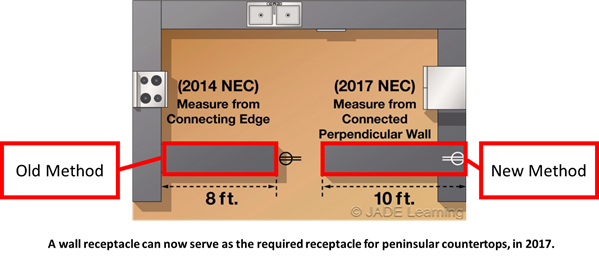
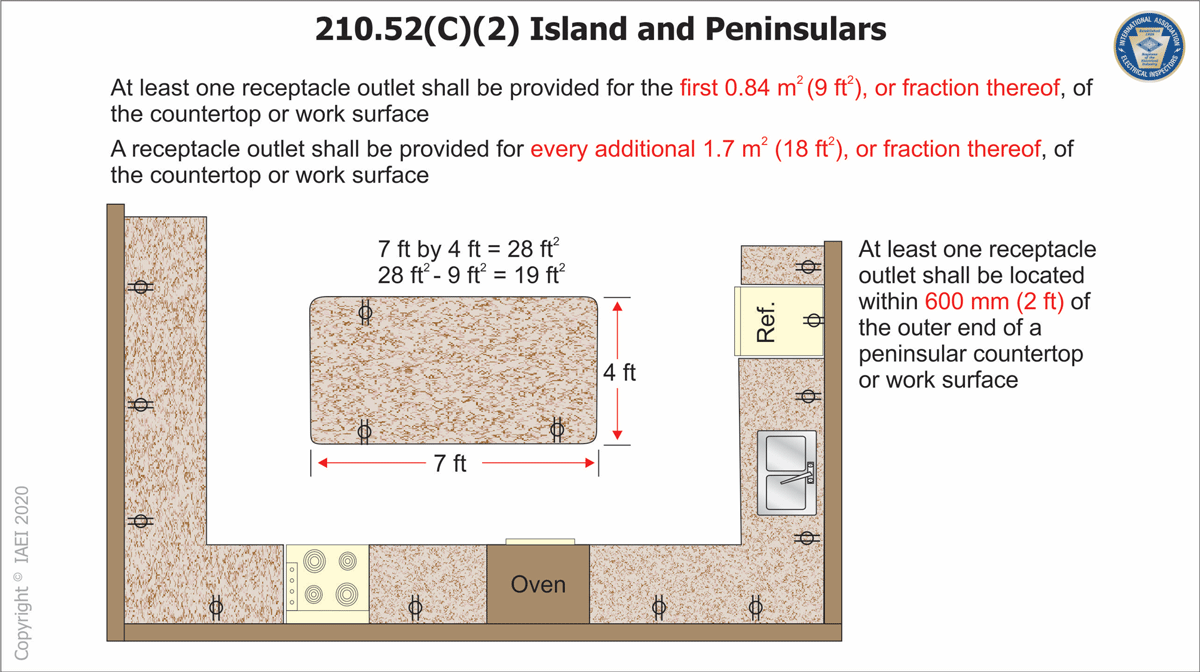





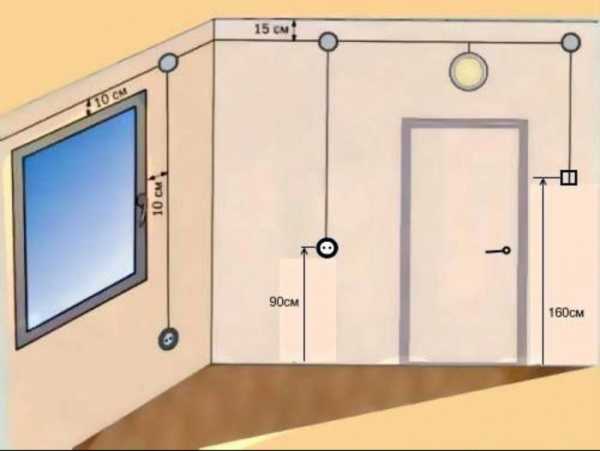






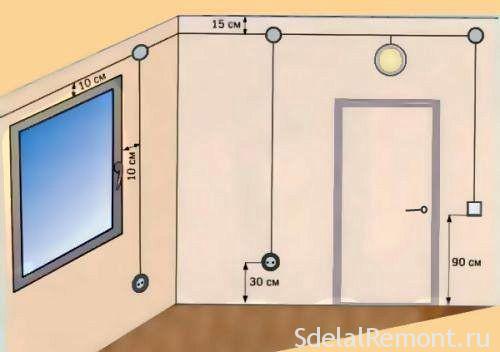



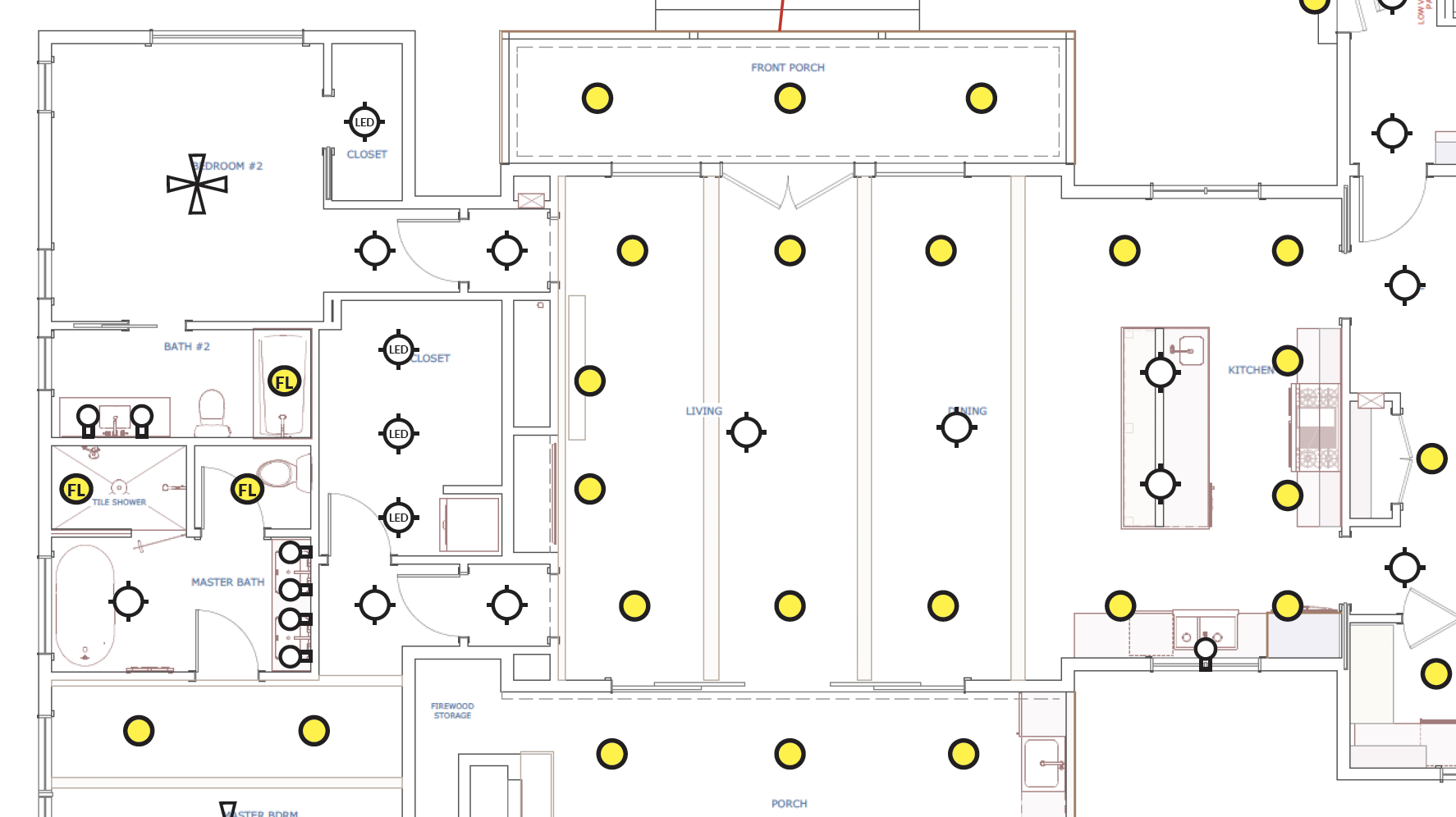
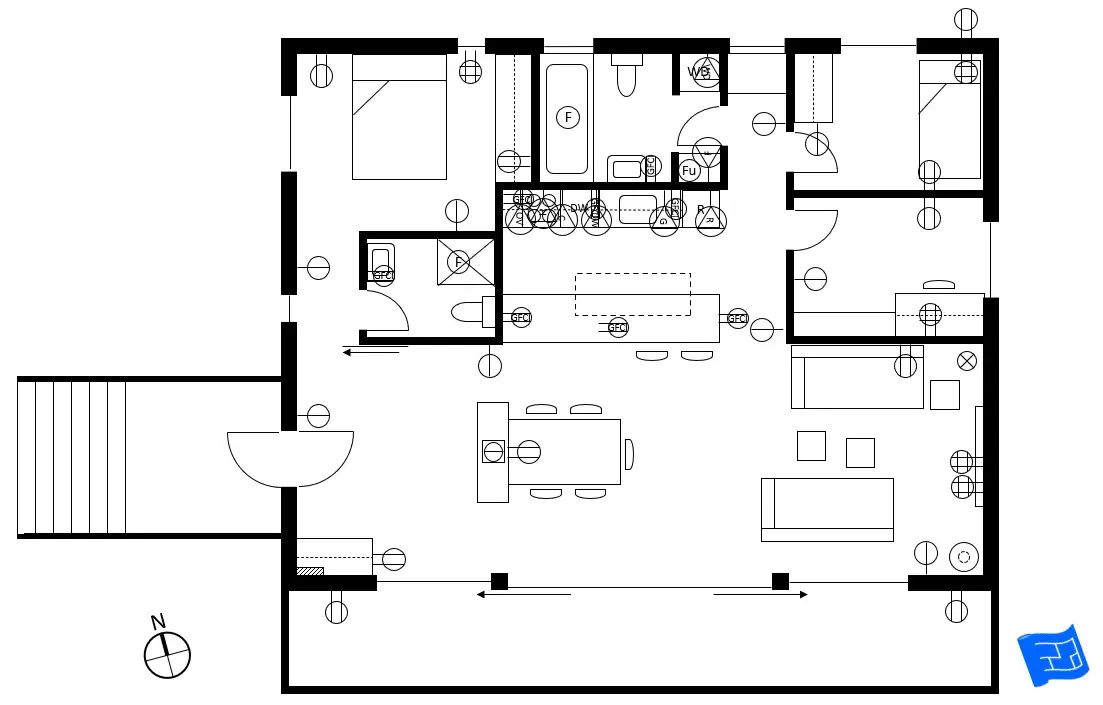
:max_bytes(150000):strip_icc()/Electrical-floor-outlet-5a6e7595a18d9e0037ef34d2.jpg)






